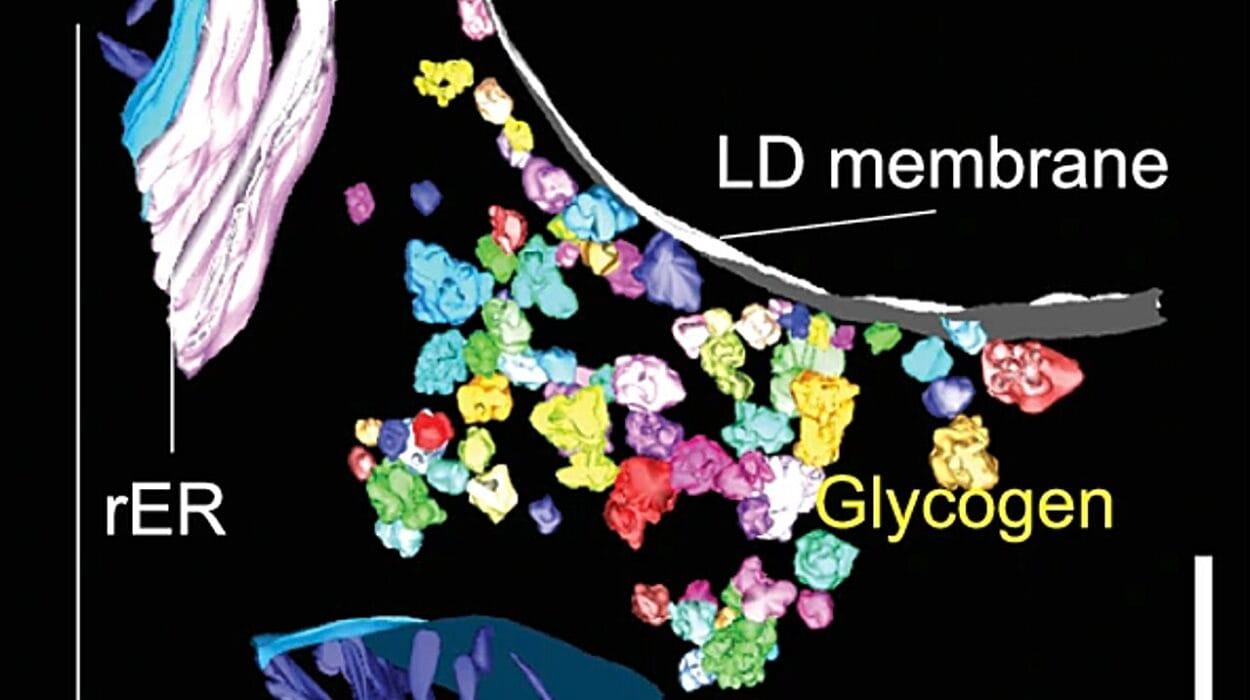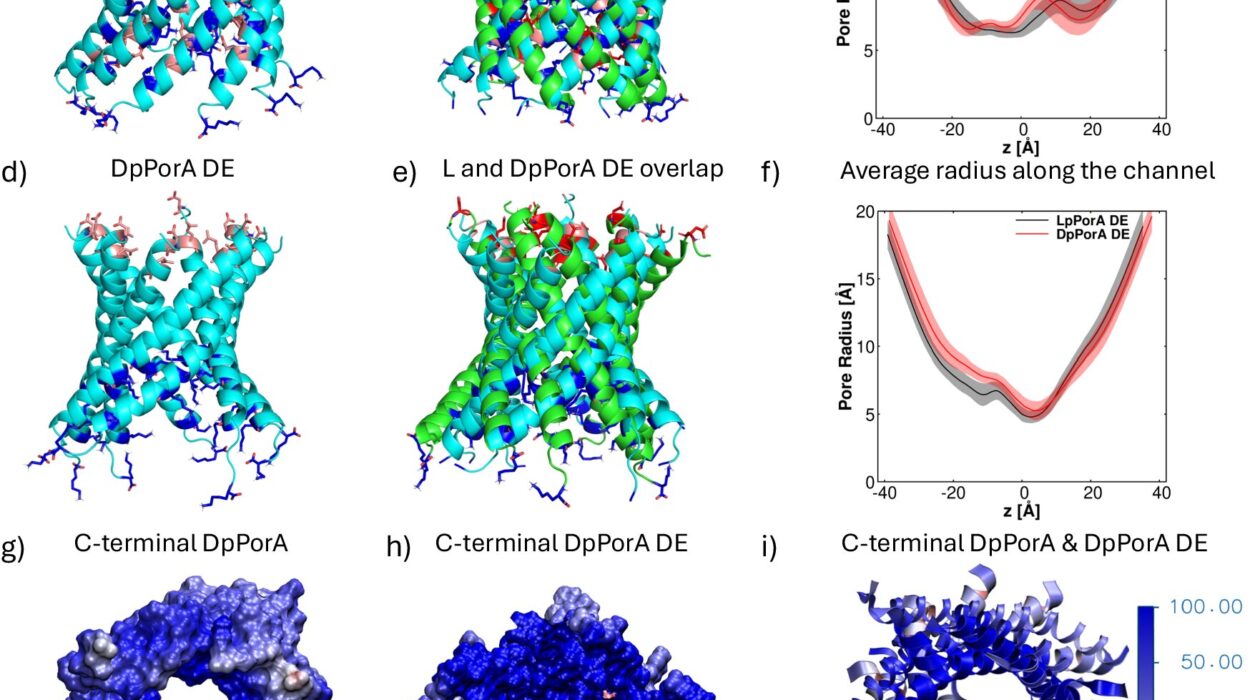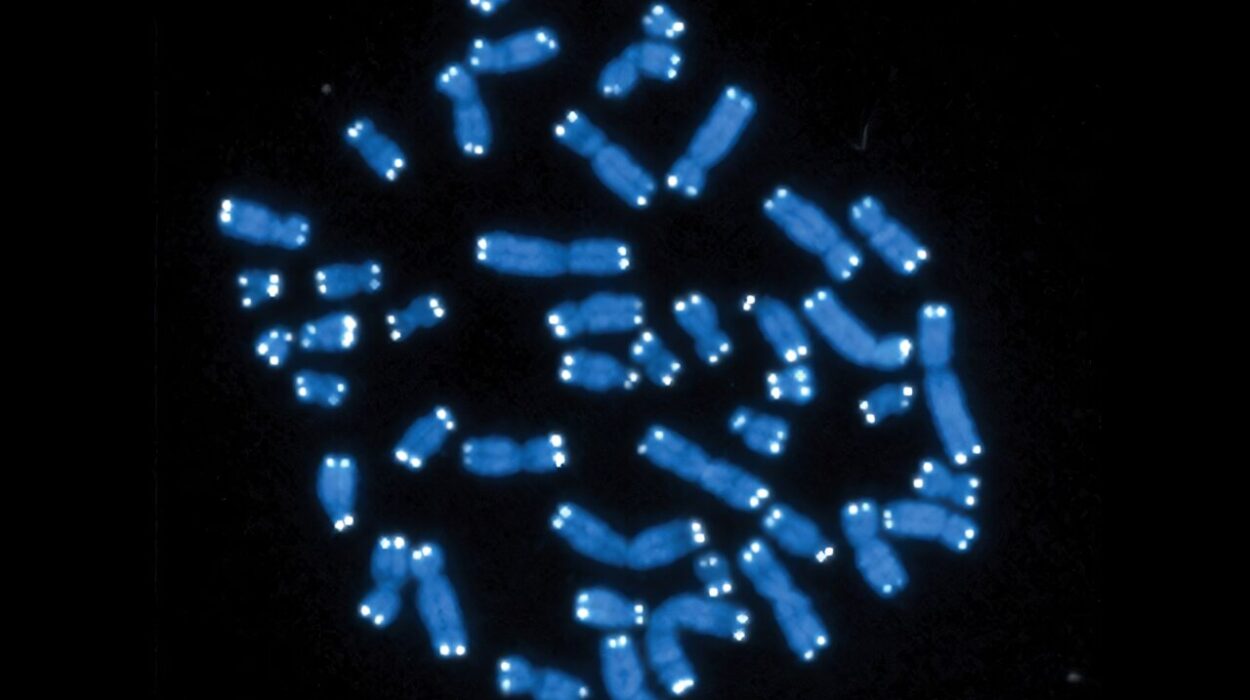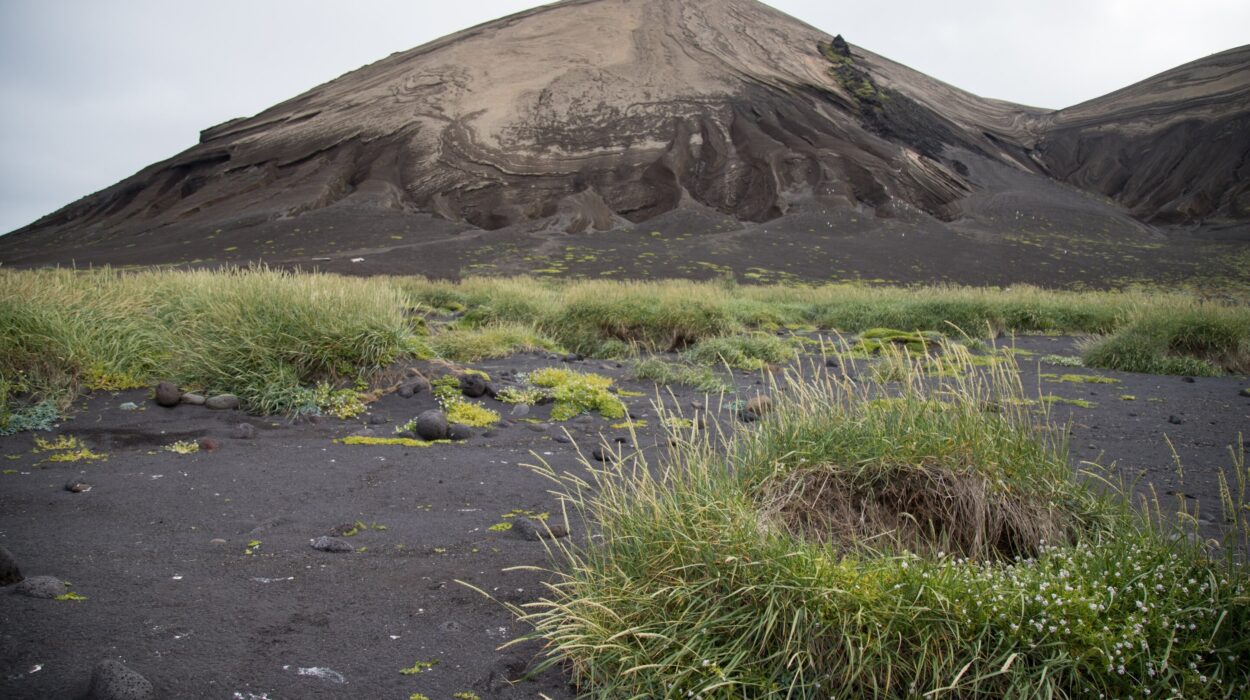Long before humans took their first tentative steps on Earth, long before even the first mammals emerged to warm the cooling shadow of dinosaurs, life teemed in forms both alien and familiar. Trilobites crawled across seabeds, ferns stretched toward ancient suns, and creatures with names we struggle to pronounce hunted and bred and vanished into the void of extinction. Yet despite the unimaginable passage of time, some of their remains endure—not in the flesh, but in stone. These fossils are Earth’s memory, locked in layers of rock, whispering tales from worlds that no longer exist.
But how? How does bone become stone? How does soft tissue survive the merciless crush of geologic time? How can something so fragile as a leaf, or the wing of a dragonfly, or the skin of a dinosaur, linger beneath our feet for hundreds of millions of years?
The story of fossil preservation is not merely scientific—it is poetic. It is the art of survival through transformation. To understand it is to touch the deep processes of the Earth itself, to glimpse the magic that turns death into eternity.
The First Prerequisite: A Favorable Death
Fossilization begins, paradoxically, with a kind of mercy. The vast majority of living organisms vanish without a trace. Their bodies are torn apart by scavengers, consumed by bacteria, dissolved in water, or weathered by the elements. Nature is a recycler. For something to be preserved as a fossil, it must escape this relentless cycle—at least long enough for geology to begin its slow embrace.
That means a quick burial. An animal that dies on a floodplain and is swiftly covered in sediment, or a plant that falls into an oxygen-poor swamp, is a better candidate for fossilization than one that perishes on a windswept plain. Rapid burial protects remains from predators and slows decomposition. It creates the stable conditions needed for preservation to begin.
Death in the right place at the right time, then, is the first miracle. But it is only the beginning. What follows is a complex dance between chemistry, pressure, and time—a process that sculpts permanence from decay.
Turning Flesh to Stone: The Path of Mineralization
The most common form of fossilization is permineralization. Imagine the skeleton of a dinosaur buried in fine silt, with groundwater slowly seeping through the pores of the surrounding sediment. That water isn’t just H₂O—it’s loaded with dissolved minerals like silica, calcite, or iron. Over time, these minerals infiltrate the tiny cavities of the bone, gradually crystallizing within them.
Permineralization doesn’t replace the original bone. Instead, it reinforces it, turning it from a fragile biological structure into a durable geological one. The result is a fossil that may retain astonishing microscopic detail—down to the texture of bone cells or the pattern of growth rings.
Sometimes, though, mineralization goes a step further. In a process called replacement, the original organic material is gradually dissolved and entirely substituted by mineral deposits. What once was bone becomes quartz. What once was wood becomes ironstone. The form is preserved, but the substance is altered—like a ghost that has chosen a new body in which to dwell.
Molds, Casts, and Impressions: Echoes of the Absent
Not all fossils are made of the original organism. Some are made from the spaces it left behind. If a shell or leaf is buried in sediment and then dissolves away, it may leave behind a hollow mold—a negative impression of its former presence. If that mold later fills with minerals or sediment, it forms a cast: a three-dimensional replica of the lost object.
These molds and casts can be extraordinarily detailed, preserving the fine ridges of a trilobite shell or the curve of a fern frond. They are the footprints of existence—the evidence not of survival, but of absence. They remind us that even disappearance can leave a legacy.
Then there are impressions, the most delicate fossils of all. A fish dies in a quiet lake. Its body settles in fine silt. As its flesh decays, the weight of the sediment presses a shadow into the rock. Over time, that shadow hardens. What remains is not the fish itself, but its likeness—an echo pressed into stone, a still frame from the ancient film of life.
Carbonization: Shadows in Slate
Sometimes, under the right conditions, soft tissues do more than leave an impression. They linger as thin films of carbon, flattened into exquisite silhouettes. This process is known as carbonization, and it often occurs in low-oxygen environments where decay is slowed but not entirely halted.
Leaves, feathers, and even entire fish have been preserved this way, particularly in places like the Burgess Shale or the Solnhofen Limestone. In these extraordinary deposits, we find fossils so detailed they show the outlines of wings, the bristles on insect legs, or the fine mesh of a gill.
Carbonized fossils are not robust. They flake and crumble if not handled carefully. But they are among the most beautiful reminders that even the most delicate forms of life can leave their mark if the world is gentle enough.
Amber: Time in Resin
Insects trapped in amber evoke a particular kind of wonder. Their preservation is not just detailed—it’s eerily perfect. You can see eyes, antennae, even hairs on their legs. Some specimens still contain traces of DNA, though never enough to clone a dinosaur, as popular imagination might suggest.
Amber begins as tree resin, oozing from the bark to trap unwelcome invaders or seal wounds. Sometimes, a fly or spider finds itself ensnared. The resin hardens over time, fossilizing into amber—a gemstone of entrapment.
What makes amber so remarkable is that it preserves not only the bodies but the moments. A wasp in flight. A lizard licking its lips. Air bubbles, plant fragments, and microbe colonies—frozen instants of prehistoric life.
It is not just a fossil; it is a time capsule. In amber, we glimpse not only what was, but how it was.
Ice and Tar: The Rare Gifts of Unusual Environments
In certain unique environments, fossilization takes a dramatically different form. In the Arctic permafrost, where temperatures remain below freezing year-round, mammoths and other Ice Age giants have been found with skin, hair, and internal organs intact. These are not fossils in the traditional sense—they are bodies preserved by cold, arrested in the act of decomposition.
In Los Angeles, at the La Brea Tar Pits, animals met a different kind of fate. Drawn to water or prey, they became stuck in pools of asphalt. Their bones—sometimes their entire skeletons—sank into the sticky trap and were sealed from decay by the tar’s chemical properties.
Such fossils are remarkable not only for their completeness but for their stories. The La Brea site is filled with predators—saber-toothed cats, dire wolves, and vultures—because scavengers often became victims themselves, lured to struggling prey and trapped alongside them.
These aren’t just remnants. They are frozen dramas. Scenes of struggle, misjudgment, and fate—preserved in petroleum.
The Role of Time and Pressure
The transformation from organic matter to fossil is not fast. It is a slow geological symphony, conducted over millennia, sometimes millions of years. As sediments accumulate above a buried organism, they compress the lower layers. Pressure mounts. Temperatures rise. Chemical reactions accelerate.
Over time, loose sediments become sedimentary rock. The bones within, once bathed in water, now rest in stone. The transformation may continue for tens of millions of years, gradually hardening, deepening, stabilizing.
It is a strange kind of alchemy. The corpse becomes artifact. Decay gives way to permanence. And when erosion, uplift, or human hands one day reveal it again to the surface, we do not see death. We see continuity.
Exceptional Preservation: The Fossil Lagerstätten
Most fossil sites yield fragmented bones or partial remains. But a few locations—called Lagerstätten (from the German for “storage place”)—preserve entire ecosystems in extraordinary detail. These sites are geological miracles.
The Burgess Shale in Canada, over 500 million years old, shows soft-bodied marine creatures from the Cambrian explosion with detail rarely matched in the fossil record. The Posidonia Shale in Germany reveals Jurassic sea life, complete with stomach contents and traces of skin. The Messel Pit preserves entire Eocene mammals with fur and facial expressions, as if they fell asleep and never woke up.
These sites exist because of unique combinations of conditions—anoxic waters, rapid burial, fine sediments, chemical preservation. They show us what the fossil record often hides: the soft, the fragile, the invisible. They transform our understanding from bone-deep to whole-bodied.
Fossilization Is Rare, But Discovery Is Rarer Still
The fossil record is incomplete not just because fossilization is rare, but because discovery is even rarer. Fossils must survive not only death and decay but the shifting violence of the Earth itself—tectonic upheaval, erosion, burial. And then, someone must find them.
Every fossil uncovered is an act of chance and intention. A rock split open on a hillside. A paleontologist brushing away grains of time. A child stumbling upon a bone in the desert.
When we hold a fossil in our hands, we are connecting across epochs. We are not just studying the past—we are touching it.
The Meaning of Deep Time
To grasp fossil preservation is to understand deep time—not in years or centuries, but in layers of rock, in pressure measured in eons, in silence measured in lifetimes. The fossil in the museum display was once alive in a forest, in a sea, in a world no longer on any map.
We look into a trilobite’s eyes and see a creature that died before mountains we now call ancient had even risen. We touch a fossil fern and feel the breath of a forest from before mammals dreamed of walking.
In fossils, we find a record not just of what lived, but of how the Earth itself remembers. Memory, in this sense, is not something fleeting—it is sedimentary.
From Fossil to Knowledge
The preservation of fossils is not an end but a beginning. Each discovery reshapes our understanding of evolution, extinction, climate, and biology. A single tooth can redefine a species. A set of footprints can challenge our ideas of locomotion. A feather locked in stone can connect birds to dinosaurs in ways Darwin could only dream of.
Scientists use modern technology—CT scans, isotope analysis, molecular residue detection—to extract ever more information from ancient remains. The fossil record, once silent, now speaks in languages we are still learning to hear.
The Future of the Past
We live in an age of extinction, climate change, and planetary transformation. In this context, fossils take on a new role. They are not just windows into the past but mirrors of our possible future.
What will we leave behind? What traces of our species will survive the grinding wheels of time? Will the bones of whales choked by plastic, or birds altered by pollution, become the fossils of tomorrow?
Or will our greatest legacy be that we listened? That we learned from those ancient bones what it means to live, to adapt, to endure?
Fossils Are More Than Stones
Fossils are time travelers. They are ambassadors from lost worlds. They are the patient archivists of Earth’s story, written in minerals and mystery.
To understand how fossils are preserved is to embrace a deeper truth—that nothing, not even death, is final in the grand narrative of the planet. Life imprints itself. Time carries it forward. Stone remembers.
And we, the living, are the beneficiaries. We walk on the graves of giants, we cradle the shells of vanished seas, and we read in the rocks a history more profound than anything written in books.
The Earth does not forget. And through fossils, neither do we.






